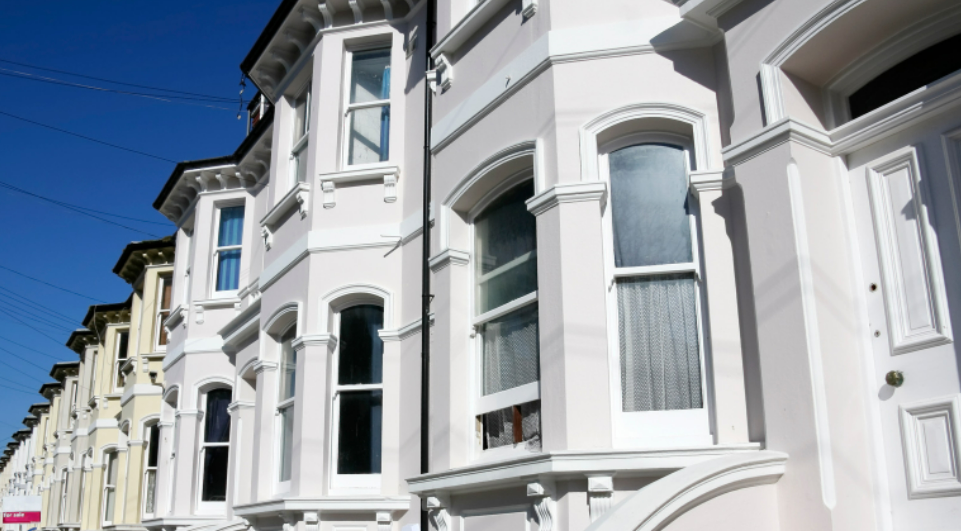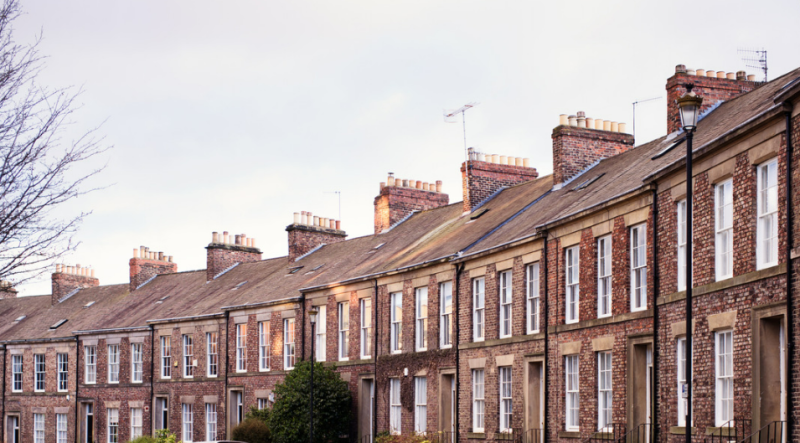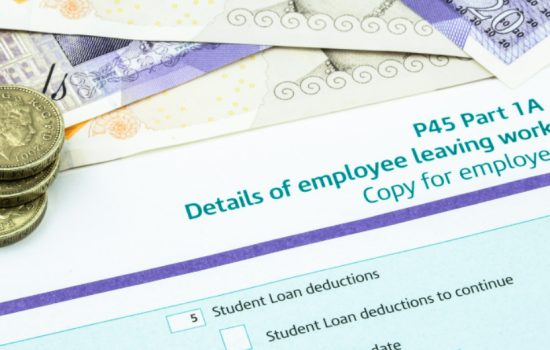Originating in Europe in the 16th century, a terrace house (called in the United Kingdom) or townhouse (as it is called in the United States of America) is a housing arrangement where a row of attached housing shares walls, more common sidewalls.
Many famous fashionable terraces appeared in London from 1727 onwards, and many early terraces were also built in Regent’s Park in London. Earlier the term terrace houses were used by famous entities, but it soon became commonplace.
Even though the term terrace houses seem fancy, that does not mean it is only built for some exclusive people. It might have been true in the Victorian period, but rest assured that you can now have your own terrace house!
Construction companies and builders have also started creating designs for terraced houses to add on a facility for a family where many people live. The additional space is beneficial for the owner since they can use it to celebrate various occasions, parties, and other programs without spending a penny on the place.
So, what is a terraced house?

Also called row housing or townhomes, terrace houses are identical and share two side walls or just one wall where the property is at the end of the terrace. You will commonly find these houses near London’s south and east part.
Terrace houses are becoming popular nowadays since everyone needs a space where they can enjoy nature and its beauty. Considering major aspects, terrace houses are generally designed for the joint family so that they can spend their evenings together on the terrace and enjoy sunsets, play indoor games, and have long conversations.
Why should you buy a terrace house? What are the advantages of buying – and subsequently living in – a terrace house?

- Terrace houses – first coming up and popularized during 17th century Europe – are cheaper than detached or even semi-detached properties in the same area.
- These houses are much more energy efficient. They share walls with other properties, therefore enclosing themselves, which helps retain heat well.
- Since these houses are smaller than detached homes, they will require less time and money to be cleaned, so they are good for those who want a long-term budget.
- Maintenance and repair costs for these houses will be less than for detached or semi-detached houses.
- Terrace houses allow your children and pets to enjoy themselves conveniently, an ideal requirement for every buyer.
Some disadvantages of having a terrace house are
1. Noise
Since most Terrace houses are built early in the century, the requirements of this modern era are sometimes not met. Older homes are not made to withstand modern sounds, and there is not much soundproofing done to today’s standards, so if you have noisy neighbors, you will soon know, yet have no option but to ignore them.
2. Space
Another problem with these types of homes is the limited outdoor space that terrace houses have. And it is not always a given that you will have a garden – sometimes, one might even have to cross their neighbor’s garden to reach their own.
3. Smaller
Another problem in terrace homes is the lack of space inside the house. The rooms are smaller, and the staircases are narrower than in a semi-detached home. So, this lack of space will not be ideal for you if you plan to – or have a growing family.
4. Parking
Another issue you might come across is parking properties. Even if there is space available, you might not be able to park there because of legal restrictions like the Residents’ parking schemes. So whenever you are going out to buy a terrace house keep in mind to check the parking scheme.
5. Bookend effect
Although rare, this is still an occurrence, so it is better to be safe than sorry to do your research. If you think that buying an end-terrace will solve most of these advantages – well, you might not be wrong, but end terraces bring their problems.
Because technically, both are attached to another house, what makes them different? Well, semi-detached houses are attached to one side of the property development, while terrace houses are linked to other homes. Semi-detached houses have more space and more maintenance charges than terrace houses.
How much will buying a terrace property in the United Kingdom cost you?

The price of terrace houses in London has spiked by 5% a year since the 2010s, but it has increased even after the pandemic. In Land Registry figures, around 2000, the average London terrace house may have cost around 127,833 pounds, but the prices had increased to 499,178 pounds by 2019. After the pandemic hit, the prices have been estimated to hit – and even cross – 600,000 pounds.
But considering all aspects of this property, if you are a first-time buyer, or are young families and don’t have much need for larger houses or investments right now, then having a terrace house is the right option for you, considering its cheap price larger detached houses. So now that you have all the basic information required look for the best for you and your loved ones and go for it!
Conclusion
Terrace properties are a bit old, structural activities you might wish to undertake has to undergo and involve the Party Wall Act. So basically, you are legally obliged to tell and inform your neighbors if you have any internal work.
You might even need to take their consent for any major renovations if it could potentially affect their property.
The phenomenon of the bookend effect plays into effect for end terrace homes. When and where the sun’s thermal energy causes the terrace façade to expand, the party walls will sway.
Since the property at the end is the end terrace, they will bear the brunt of the force and strain exerted by the other houses, and as a consequence, the walls can crack, and the door and windows become distorted.







